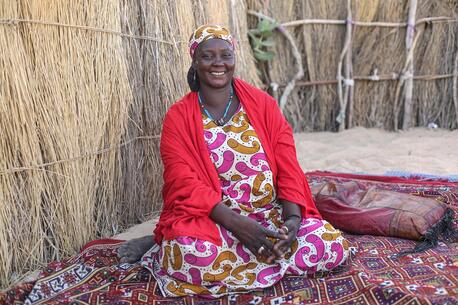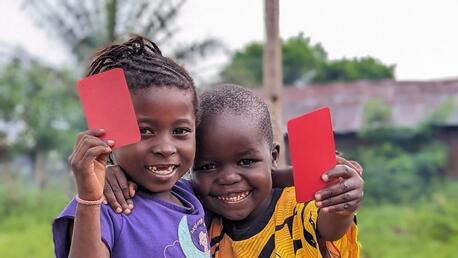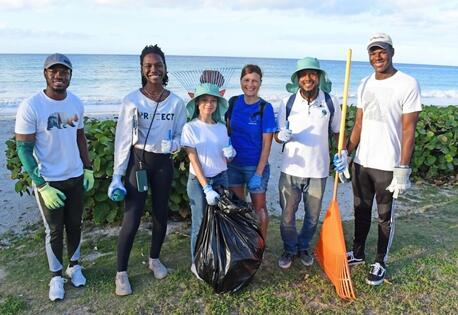Stefan and Susan Findel Give Their All for Children
An excerpt from Every Child, a magazine from the U.S. Fund for UNICEF.
Over the last 20 years, Susan and Stefan Findel have contributed more than $25 million to UNICEF, providing crucial support for an array of programs, including an ambitious new education initiative called “Let Us Learn,” benefiting children in Afghanistan, Bangladesh, Liberia, Madagascar and Nepal.
But they’re not done yet — not even close. The Findels plan to give away all of their wealth — every last cent — to make a better world for children. “When our lives end, why should we have anything left?” Stefan says.
The largest individual donors in UNICEF history, the Findels share a deep commitment to helping underprivileged children around the world. They agreed to speak with Every Child about their philanthropic goals and how they hope to advance their — and UNICEF’s — vital cause.
You have decided to give away all of your wealth to make the world a better place — why?
“I am living proof of the power of UNICEF.”
— Susan FindelSTEFAN: We are one humanity, even though we’re from different nations and speak different languages. If you take a real look at how we live versus how other people live, you begin to recognize that we have an obligation to help those who are less fortunate. For me, I want to help those that are at the absolute opposite end of where I am in terms of need. We live very comfortably. We have a home, we can pay for food and cars and travel, and we don’t need luxury. And since we do not have children, we are not concerned about, or worrying about what to leave our kids. So we can give it to other kids. When our lives end, why should we have anything left over? It’s much more fun for me to give the money now rather than leave a will and say, “OK, once I’m dead, then other people can have it.”

Stefan Findel chats with children at a middle school in Ferooz Behar, Afghanistan. © Alistair Gretarsson, UNICEF.
How did you first become aware of, and then involved with, UNICEF?
USAN: I am living proof of the power of UNICEF. My first encounter with the organization — and I didn’t find this out until later — was when UNICEF came to our orphanage in South Korea. I was 10 years old. I remember we had to get special permission from school to come home to the orphanage after lunch. We were asked to line up. And the next thing you know, we are getting immunizations! UNICEF had provided them. It was unbelievable. When I learned about this later, I always felt a very special connection with UNICEF. When I moved to New York City in my 20s, I was working hard, but contributed what I could to UNICEF during the holidays. I would volunteer to sell Christmas cards for UNICEF on the weekends.
 Susan Findel and a group of students read together. © Alistair Gretarsson, UNICEF.
Susan Findel and a group of students read together. © Alistair Gretarsson, UNICEF.Why is education so critical?
STEFAN: With education, you can give children a much better understanding of their situation and what they can do to help themselves. You can also help them get a better understanding in many cases of what their government is doing, whether they are a good government or bad. Education opens your mind, your perspective on everything.
How have you benefited from your giving to UNICEF, and what have you learned?
SUSAN: During our field visits, we have encountered so many people who astonish us with their courage, spirit and dignity — considering they are facing unimaginable hardships. Some of their stories are just utterly heart-wrenching, but what we continue to witness is their resilience. That is humbling for me personally and really completely changes one’s perspective about life.
To read the full story, download the latest edition of Every Child.
 The Findels at the UNICEF Supply Division headquarters in Copenhagen. Photo by Marc Diaz, 2013.
The Findels at the UNICEF Supply Division headquarters in Copenhagen. Photo by Marc Diaz, 2013.


